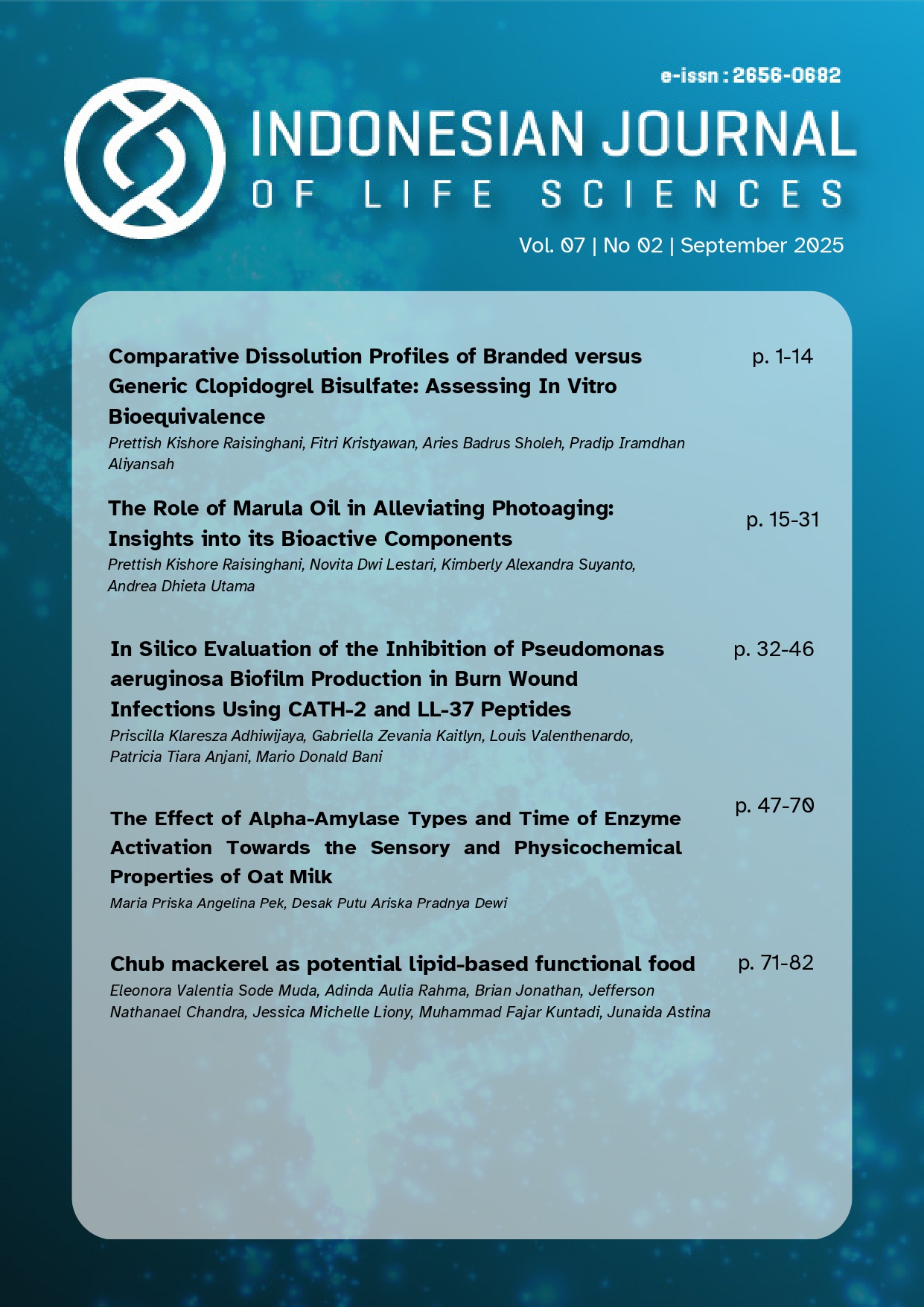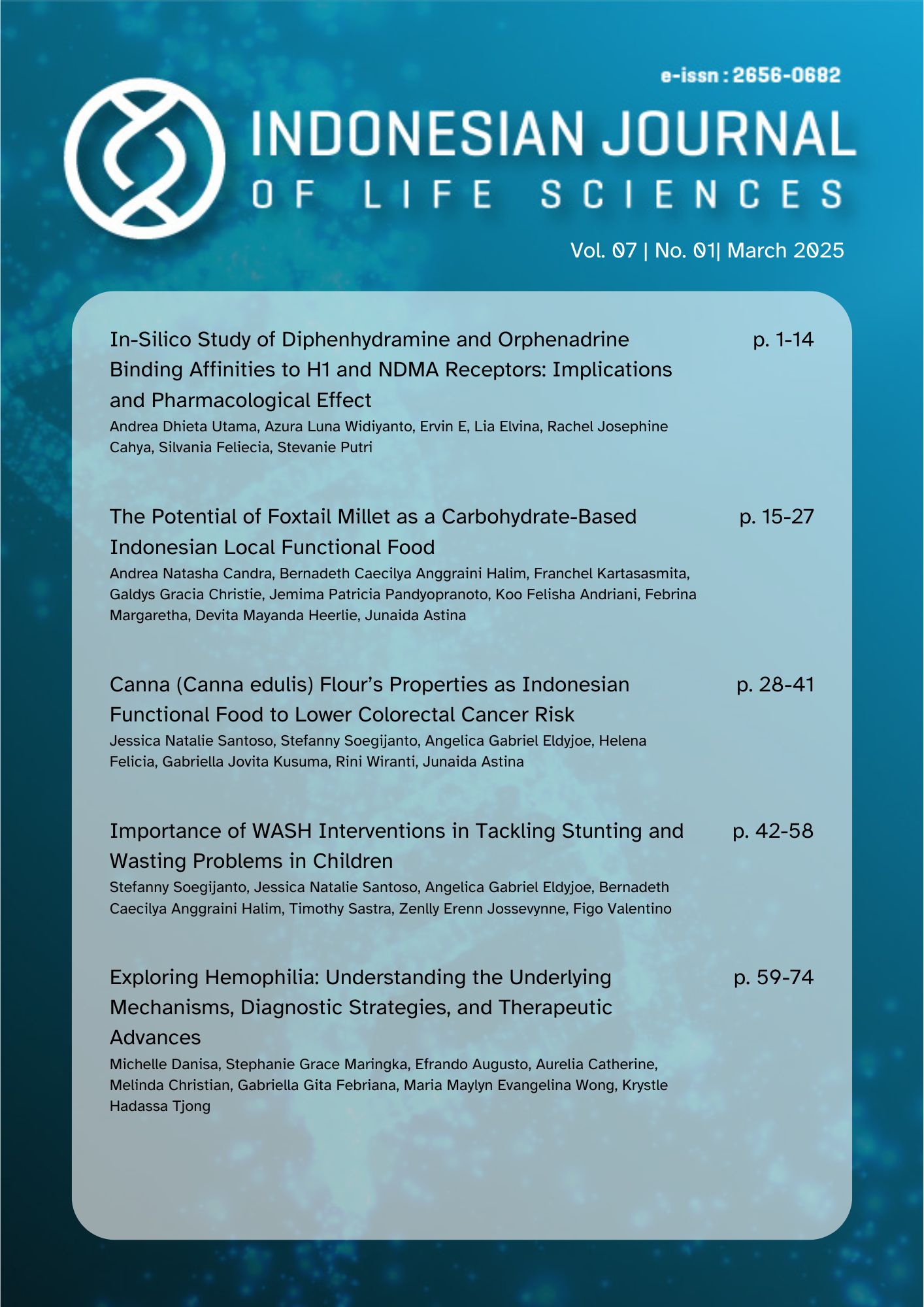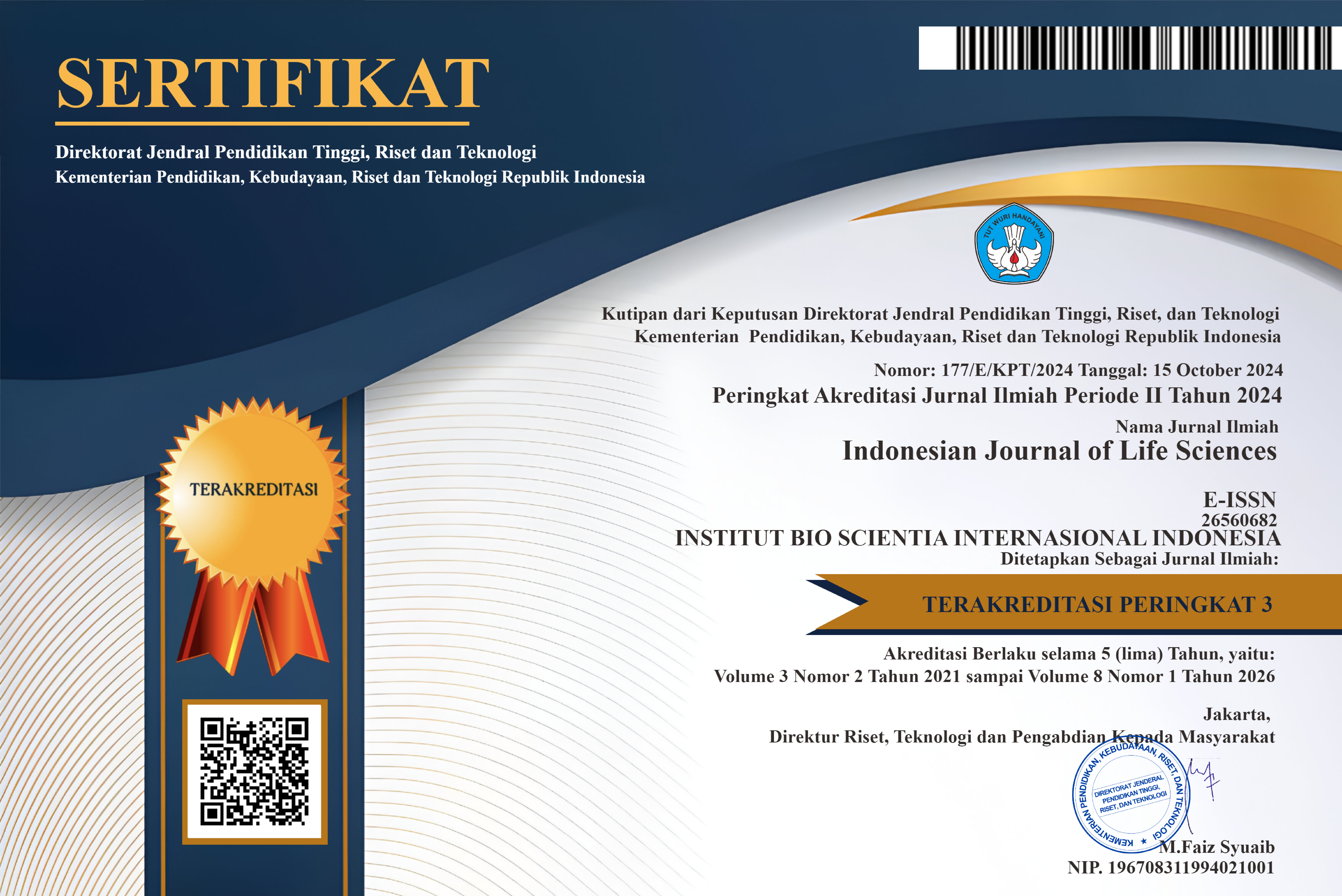The Role of Marula Oil in Alleviating Photoaging: Insights into its Bioactive Components
Abstract
Photoaging, caused by prolonged UV exposure, accelerates skin aging through oxidative stress, collagen degradation, and inflammation. With growing consumer demand for natural and sustainable anti-aging solutions, marula oil has gained attention for its potential in mitigating photoaging. Derived from Sclerocarya birrea, marula oil is rich in fatty acids (oleic and palmitic acids) and antioxidants like vitamin C and E. This review investigates marula oil’s bioactive components and their mechanisms of action in alleviating photoaging, focusing on its moisturizing, antioxidant, and photoprotective properties. Moreover, clinical studies examine its ability to improve skin hydration, enhance barrier function, and inhibit enzymes associated with collagen degradation. Despite its promise as a cosmeceutical, long-term studies are necessary to explore its sustained efficacy, molecular pathways, and potential synergy with other natural ingredients.
Downloads
References
Al-Niaimi, F., & Yi, N. (2017). Topical vitamin C and the skin: Mechanisms of action and clinical applications. The Journal of Clinical and Aesthetic Dermatology, 10(7), 14. https://pmc.ncbi.nlm.nih.gov/articles/PMC5605218/
Alshaman, R., Qushawy, M., Mokhtar, H. I., Ameen, A. M., El-Sayed, R. M., Alamri, E. S., Elabbasy, L. M., Ahmed, Elkhatib, W. F., Alyahya, E. M., & Zaitone, S. A. (2023). Marula oil nanoemulsion improves motor function in experimental parkinsonism via mitigation of inflammation and oxidative stress. Frontiers in Pharmacology, 14. https://doi.org/10.3389/fphar.2023.1293306
Aparecida Sales de Oliveira Pinto, C., Elyan Azevedo Martins, T., Miliani Martinez, R., Batello Freire, T., Valéria Robles Velasco, M., & Rolim Baby, A. (2021). Vitamin E in human skin: Functionality and topical products. Vitamin E in Health and Disease - Interactions, Diseases and Health Aspects. https://doi.org/10.5772/intechopen.98336
Ayala, A., Muñoz, M. F., & Argüelles, S. (2014). Lipid peroxidation: Production, metabolism, and signaling mechanisms of malondialdehyde and 4-hydroxy-2-nonenal. Oxidative Medicine and Cellular Longevity, 2014(360438), 1–31. https://doi.org/10.1155/2014/360438
Bvenura, C., & Kambizi, L. (2024). Chemical Profile and Potential Applications of Sclerocarya birrea (A.Rich.) Hochst. subsp. caffra (Sond.) Kokwaro Kernel Oils: Analysis of Volatile Compounds and Fatty Acids. Molecules, 29(16), 3815–3815. https://doi.org/10.3390/molecules29163815
Caddeo, C., Manca, M. L., Peris, J. E., Usach, I., Diez-Sales, O., Matos, M., Fernàndez-Busquets, X., Fadda, A. M., & Manconi, M. (2018). Tocopherol-loaded transfersomes: In vitro antioxidant activity and efficacy in skin regeneration. International Journal of Pharmaceutics, 551(1-2), 34–41. https://doi.org/10.1016/j.ijpharm.2018.09.009
Chen, X., Yang, C., & Jiang, G. (2021). Research progress on skin photoaging and oxidative stress. Advances in Dermatology and Allergology, 38(6), 931–936. https://doi.org/10.5114/ada.2021.112275
Cho, S., Fuchs, P., Sarmah, D., Kaur, H., Bhattacharya, P., & Dave, K. R. (2020). Cerebral ischemia in diabetics and oxidative stress. Diabetes, 59–68. https://doi.org/10.1016/B978-0-12-815776-3.00006-1
Cristiano, M. C., Mancuso, A., Fresta, M., Torella, D., De Gaetano, F., Ventura, C. A., & Paolino, D. (2021). Topical unsaturated fatty acid vesicles improve antioxidant activity of ammonium glycyrrhizinate. Pharmaceutics, 13(4), 548. https://doi.org/10.3390/pharmaceutics13040548
Delinasios, G. J., Karbaschi, M., Cooke, M. S., & Young, A. R. (2018). Vitamin E inhibits the UVAI induction of “light” and “dark” cyclobutane pyrimidine dimers, and oxidatively generated DNA damage, in keratinocytes. Scientific Reports, 8(1). https://doi.org/10.1038/s41598-017-18924-4
Gebashe, F. C., Naidoo, D., Amoo, S. O., & Masondo, N. A. (2022). Cosmeceuticals: A newly expanding industry in south africa. Cosmetics, 9(4), 77. https://doi.org/10.3390/cosmetics9040077
Gonçalves, S., & Gaivão, I. (2023). Natural ingredients in skincare: A scoping review of efficacy and benefits. Biomedical and Biopharmaceutical Research, 20(2), 1–18. https://doi.org/10.19277/bbr.20.2.328
He, X., Wan, F., Su, W., & Xie, W. (2023). Research progress on skin aging and active ingredients. Molecules, 28(14), 5556. https://doi.org/10.3390/molecules28145556
Hong, S. P., Choe, S. J., Yoo, J., Jin, E. M., Seo, H. S., & Ahn, S.-K. (2017). Protective effect of moisturizers on photoaging. Journal of Dermatological Science, 86(2), e48. https://doi.org/10.1016/j.jdermsci.2017.02.141
Huang, A. H., & Chien, A. L. (2020). Photoaging: A review of current literature. Current Dermatology Reports, 9(1), 22–29. https://doi.org/10.1007/s13671-020-00288-0
Huang, T. H., Wang, P. W., Yang, S. C., Chou, W. L., & Fang, J. Y. (2018). Cosmetic and Therapeutic Applications of Fish Oil’s Fatty Acids on the Skin. Marine Drugs, 16(8), 256. https://doi.org/10.3390/md16080256
Jiménez-Sánchez, C., Lozano-Sánchez, J., Gabaldón-Hernández, J. A., Segura-Carretero, A., & Fernández-Gutiérrez, A. (2015). RP-HPLC–ESI–QTOF/MS2 based strategy for the comprehensive metabolite profiling of Sclerocarya birrea (marula) bark. Industrial Crops and Products, 71, 214–234. https://doi.org/10.1016/j.indcrop.2015.01.068
Kamanula, M., Yangontha Munthali, C., & Finias Kamanula, J. (2022). Yield and physicochemical properties of marula (Sclerocarya birrea) seed oils among nine international provenances tested in malawi. International Journal of Agronomy, 2022, e7145113. https://doi.org/10.1155/2022/7145113
Karim, P. L., Aryani, I. A., & Nopriyati. (2021). Anatomy and histologic of intrinsic aging skin. Bioscientia Medicina : Journal of Biomedicine and Translational Research, 5(11), 1065–1077. https://doi.org/10.32539/bsm.v5i11.417
Khalid, A., Iqbal, Z., Rehman, S.-U., & Yousaf, Z. (2024). Role of vitamin C in skin aging mechanism-a narrative review. Journal of Health and Rehabilitation Research, 4(2), 1489–1494. https://doi.org/10.61919/jhrr.v4i2.1078
Kim, K.-P., Shin, K.-O., Park, K., Yun, H., Mann, S., Lee, Y.-M., & Cho, Y. (2015). Vitamin C Stimulates Epidermal Ceramide Production by Regulating Its Metabolic Enzymes. Biomolecules & Therapeutics, 23(6), 525–530. https://doi.org/10.4062/biomolther.2015.044
Komane, B., Vermaak, I., Summers, B., & Viljoen, A. (2015). Safety and efficacy of Sclerocarya birrea (A.Rich.) Hochst (marula) oil: A clinical perspective. Journal of Ethnopharmacology, 176, 327–335. https://doi.org/10.1016/j.jep.2015.10.037
Krutmann, J., Schalka, S., Watson, R. E. B., Wei, L., & Morita, A. (2021). Daily photoprotection to prevent photoaging. Photodermatology, Photoimmunology & Photomedicine, 37(6), 482–489. https://doi.org/10.1111/phpp.12688
Lee, S., Yu, J. S., Phung, H. M., Lee, J. G., Kim, K. H., & Kang, K. S. (2020). Potential anti-skin aging effect of (-)-catechin isolated from the root bark of ulmus davidiana var. japonica in tumor necrosis factor-α-stimulated normal human dermal fibroblasts. Antioxidants, 9(10), 981. https://doi.org/10.3390/antiox9100981
Li, D., Pi, W., Sun, Z., Liu, X., & Jiang, J. (2022). Ferroptosis and its role in cardiomyopathy. Biomedicine & Pharmacotherapy = Biomedecine & Pharmacotherapie, 153, 113279. https://doi.org/10.1016/j.biopha.2022.113279
Mariod, A. A., & Abdelwahab, S. I. (2012). Sclerocarya birrea(Marula), An African Tree of Nutritional and Medicinal Uses: A Review. Food Reviews International, 28(4), 375–388. https://doi.org/10.1080/87559129.2012.660716
Marshall, T., Dosoky, N. S., Prabodh Satyal, & Setzer, W. N. (2023). Aroma Compounds of Carrier Oils. AppliedChem, 3(4), 546–580. https://doi.org/10.3390/appliedchem3040034
Mercurio, D. G., Wagemaker, T. A. L., Alves, V. M., Benevenuto, C. G., Gaspar, L. R., & Maia Campos, P. M. B. G. (2015). In vivo photoprotective effects of cosmetic formulations containing UV filters, vitamins, ginkgo biloba and red algae extracts. Journal of Photochemistry and Photobiology B: Biology, 153, 121–126. https://doi.org/10.1016/j.jphotobiol.2015.09.016
Mota, S., Rosa, G. P., Barreto, M. C., Garrido, J., Sousa, E., Cruz, M. T., Almeida, I. F., & Quintas, C. (2024). Comparative studies on the photoreactivity, efficacy, and safety of depigmenting agents. Pharmaceuticals, 17(1), 55. https://doi.org/10.3390/ph17010055
Naidoo, K., Hanna, R., & Birch-Machin, M. A. (2017). What is the role of mitochondrial dysfunction in skin photoaging? Experimental Dermatology, 27(2), 124–128. https://doi.org/10.1111/exd.13476
Niki, E., & Noguchi, N. (2021). Antioxidant action of vitamin E in vivo as assessed from its reaction products with multiple biological oxidants. Free Radical Research, 1–12. https://doi.org/10.1080/10715762.2020.1866181
Ojha, P. K., Poudel, D. K., Rokaya, A., Maharjan, S., Timsina, S., Poudel, A., Satyal, R., Satyal, P., & Setzer, W. N. (2024). Chemical Compositions and Essential Fatty Acid Analysis of Selected Vegetable Oils and Fats. Compounds, 4(1), 37–70. https://doi.org/10.3390/compounds4010003
Park, H. J., Byun, K.-A., Oh, S., Kim, H. M., Chung, M. S., Son, K. H., & Byun, K. (2022). The combination of niacinamide, vitamin C, and PDRN mitigates melanogenesis by modulating nicotinamide nucleotide transhydrogenase. Molecules, 27(15), 4923. https://doi.org/10.3390/molecules27154923
Pegoraro, N. S., Barbieri, A. V., Camponogara, C., Mattiazzi, J., Brum, E. S., Marchiori, M. C. L., Oliveira, S. M., & Cruz, L. (2017). Nanoencapsulation of coenzyme Q10 and vitamin E acetate protects against UVB radiation-induced skin injury in mice. Colloids and Surfaces B: Biointerfaces, 150, 32–40. https://doi.org/10.1016/j.colsurfb.2016.11.013
Pratiwi, K. D., Listiawan, M. Y., Ervianti, E., Sigit, R., Damayanti, D., Hendradi, E., & Sawitri, S. (2021). The efficacy of topical vitamin C and microneedling for photoaging. Berkala Ilmu Kesehatan Kulit Dan Kelamin/Berkala Ilmu Kesehatan Kulit Dan Kelamin (Periodical of Dermatology and Venerology), 33(1), 55–55. https://doi.org/10.20473/bikk.v33.1.2021.55-62
PubChem. (2019a). Linoleic acid. Nih.gov; PubChem. https://pubchem.ncbi.nlm.nih.gov/compound/Linoleic-acid
PubChem. (2019b). Oleic acid. Nih.gov; PubChem. https://pubchem.ncbi.nlm.nih.gov/compound/Oleic-acid
PubChem. (2019c). Palmitic acid. Nih.gov; PubChem. https://pubchem.ncbi.nlm.nih.gov/compound/Palmitic-acid
PubChem. (2019d). Stearic acid. Nih.gov; PubChem. https://pubchem.ncbi.nlm.nih.gov/compound/Stearic-acid
Ravetti, S., Clemente, C., Brignone, S., Hergert, L., Allemandi, D., & Palma, S. (2019). Ascorbic Acid in Skin Health. Cosmetics, 6(4), 58. https://doi.org/10.3390/cosmetics6040058
Reilly, D. M., & Lozano, J. (2021). Skin collagen through the lifestages: Importance for skin health and beauty. Plastic and Aesthetic Research, 8(2). https://doi.org/10.20517/2347-9264.2020.153
Samikannu, R., Antony Raj, R., Murugesan, S., Venkatachary, S. K., & Stonier, A. A. (2022). Assessing the dielectric performance of sclerocarya birrea (marula oil) and mineral oil for eco-friendly power transformer applications. Alexandria Engineering Journal, 61(1), 355–366. https://doi.org/10.1016/j.aej.2021.06.002
Schripsema, J., Augustyn, W., & Viljoen, A. (2023). Characterisation of Sclerocarya birrea (marula) seed oil and investigation of the geographical origin by applying similarity calculations, differential NMR and hierarchical cluster analysis. Phytochemical Analysis, 34(8), 959–969. https://doi.org/10.1002/pca.3264
Shin, S. H., Lee, Y. H., Rho, N.-K., & Park, K. Y. (2023). Skin aging from mechanisms to interventions: Focusing on dermal aging. Frontiers in Physiology, 14, 1195272. https://doi.org/10.3389/fphys.2023.1195272
Shoko, T., Maharaj, V. J., Naidoo, D., Tselanyane, M., Nthambeleni, R., Khorombi, E., & Apostolides, Z. (2018). Anti-aging potential of extracts from Sclerocarya birrea (A. rich.) hochst and its chemical profiling by UPLC-Q-TOF-MS. BMC Complementary and Alternative Medicine, 18(1). https://doi.org/10.1186/s12906-018-2112-1
Tabassum, N.-E., Das, R., Lami, M. S., Chakraborty, A. J., Mitra, S., Tallei, T. E., Idroes, R., Mohamed, A. A.-R., Hossain, Md. J., Dhama, K., Mostafa-Hedeab, G., & Emran, T. B. (2022). Ginkgo biloba: A treasure of functional phytochemicals with multimedicinal applications. Evidence-Based Complementary and Alternative Medicine, 2022, 1–30. https://doi.org/10.1155/2022/8288818
Telang, P. S. (2013). Vitamin C in dermatology. Indian Dermatology Online Journal, 4(2), 143. https://doi.org/10.4103/2229-5178.110593
Tobin, D. J. (2017). Introduction to skin aging. Journal of Tissue Viability, 26(1), 37–46. https://doi.org/10.1016/j.jtv.2016.03.002
Utami, F. I. I., Qodriah, R., Budiati, A., & Mumpuni, E. (2023). Formulation and evaluation of anti-aging serum containing a combination of mugwort (Artemisia capillaris) extract and vitamin C as an antioxidant. Journal of Natural Product for Degenerative Diseases, 1(1), 41–46. https://doi.org/10.58511/jnpdd.v1i1.5524
Wang, X., & Wu, J. (2019). Modulating effect of fatty acids and sterols on skin aging. Journal of Functional Foods, 57, 135–140. https://doi.org/10.1016/j.jff.2019.04.011
Wu, M., & Crane, J. S. (2019). Biochemistry, Collagen Synthesis. Nih.gov. https://www.ncbi.nlm.nih.gov/books/NBK507709/
Zhang, S., & Duan, E. (2018). Fighting against skin aging. Cell Transplantation, 27(5), 729–738. https://doi.org/10.1177/0963689717725755

This work is licensed under a Creative Commons Attribution 4.0 International License.
Articles published in Indonesian Journal Life of Sciences are licensed under a Creative Commons Attribution-ShareAlike 4.0 International license. You are free to copy, transform, or redistribute articles for any lawful purpose in any medium, provided you give appropriate credit to the original author(s) and Indonesian Journal Life of Sciences, link to the license, indicate if changes were made, and redistribute any derivative work under the same license. Copyright on articles is retained by the respective author(s), without restrictions. A non-exclusive license is granted to Indonesian Journal Life of Sciences to publish the article and identify itself as its original publisher, along with the commercial right to include the article in a hardcopy issue for sale to libraries and individuals. By publishing in Indonesian Journal Life of Sciences, authors grant any third party the right to use their article to the extent provided by the Creative Commons Attribution-ShareAlike 4.0 International license.











